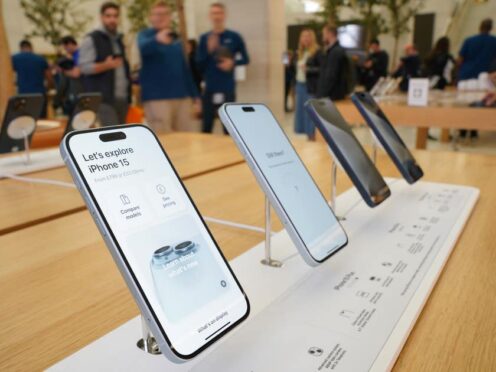Apple is to allow owners of some iPhone models to repair their devices with used, genuine parts for the first time, as part of an update to its repair scheme.
The tech giant said the new scheme would apply to “select” models and would begin in the autumn.
Until now, users needed to match the serial number of the device they were repairing with that of a new part, sold by Apple – if a used or alternative component was used, the repaired iPhone in question would display notifications warning the user that Apple could not verify the replaced part.
In the case of some parts, such as Face ID or Touch ID sensors, the part might not work at all.
Now, Apple says it has enhanced the system so that “calibration for genuine Apple parts, new or used, will happen on device after the part is installed”.
The company said “future iPhone releases” will also have support for used biometric sensors.
“At Apple, we’re always looking for new ways to deliver the best possible experience for our customers while reducing the impact we have on the planet, and a key part of that means designing products that last,” the firm’s senior vice president of hardware engineering, John Ternus, said.
“For the last two years, teams across Apple have been innovating on product design and manufacturing to support repairs with used Apple parts that won’t compromise users’ safety, security, or privacy.
“With this latest expansion to our repair programme, we’re excited to be adding even more choice and convenience for our customers, while helping to extend the life of our products and their parts.”
As part of its update, the iPhone maker also announced that it was extending its Activation Lock feature – traditionally used to block a lost or stolen iPhone from being reactivated – to iPhone parts in its repair ecosystem.
The update means that if a device under repair detects that a part was obtained from a device with Activation Lock or Lost Mode enabled, its calibration with the device will be “restricted”.
